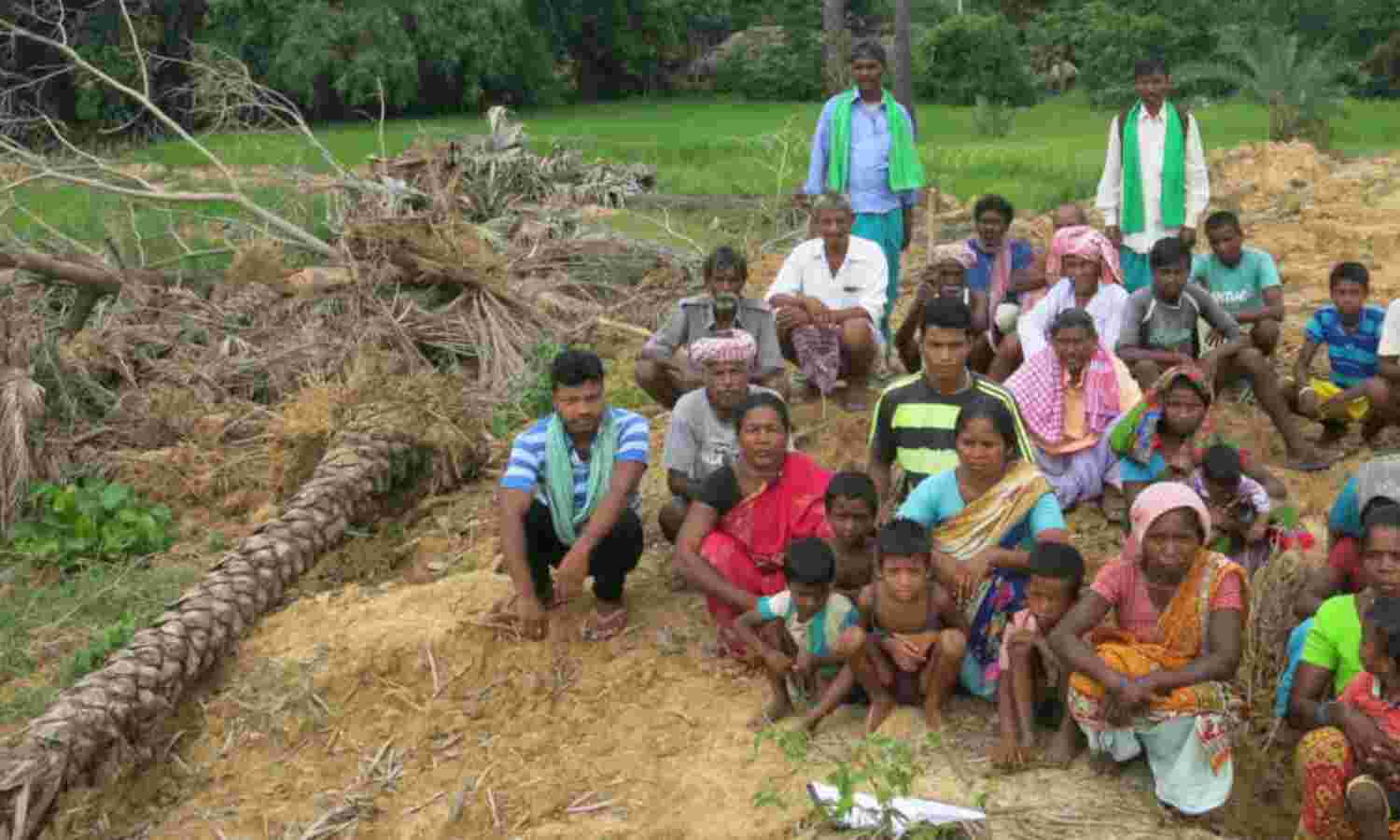Abstract
The Northeastern region of India is home to various tribal and forest-dependent groups, who organise themselves in communities. For ages, these cultural groups and their socio-political identity has been integrated into the legal and political framework of the region. The paper evaluated the challenges and legal frameworks of land acquisition with a special focus on the Northeastern states in India. With a thorough legal and contextual analysis the paper established the loopholes and reasons of inadequacy in the current legal frameworks by examining recent cases and the clauses of the laws. Through a context analysis of key legal metrics like inclusive framework, implementation rate and resistance, the paper highlights both the short-term issues and long-term problems that arise from the legal models employed. The research also emphasises the socio-political dynamics, including regional pressures, which drive the distinct policy-making approaches between the state and central government and tribal councils and communities. Lastly, the paper explores a top-down model of redevelopment to reverse the effects of the fallacious policies implemented to improve economic growth and provide revenue generation while prioritising cultural conservation.
Introduction
North-East India falls under some of the most complex and undermined legal frameworks, one of which is the sphere of land rights and acquisitions. Being closely attached to political, legal and cultural aspects, land is of primary importance for people, marked by deep-rooted challenges of ownership and possession. The population in Northeastern states, consists primarily of tribal and semi-tribal groups. Mizoram, Nagaland and Meghalaya have more than 86% of their population as tribals, while other states also have a significant percentage. Home to over 200 tribal communities, north eastern India is one of the most culturally diverse areas in the world. Although this complexity is not reflected in the legal frameworks, in order to include the needs and demands of every group. Characterised by the diverse tribal culture that engages in forestry and sustenance activities from the lands that has been their habitat since ancestral times, the story of tribal communities is that of historic marginalisation and exclusionary laws.
In the land acquisition frameworks that apply specifically to the Northeastern states, the biggest clashes happen when development and conservation expectations collide. The ecological balance of the area along with their indigenous lifestyle has been affected time and again due to development plans that did not take the local ecology into consideration. To fulfil national demands of coal and uranium, regions in Meghalaya that houses the Khasi tribal community have been ransacked and exploited. Rat-hole mining to adhere to the national coal demand brought additional burdens like polluted water, soil acidity and loss of ecology, that were shouldered by tribal groups like Garo and Jaintia tribes. Development policies should be planned and implemented in ways that accommodate the needs and socio-political structure of the people in Northeast India. Infrastructural development of urban areas cannot come at the cost of rural and tribal settlements. Historically, the resources in Northeast have been exploited to funnel development outside the states, like the Uranium deposit mining in the Domiasiat region. The Uranium Corporation of India Limited, mined uranium to fuel energy projects in Rajasthan, Tamil Nadu and Karnataka. It is often noted that policies and laws for the region regard land as an economic asset whereas the value of land is very cultural and political in nature.
Overtime, through various protests and other forms of resistance the people of northeast India have managed to incorporate their demands that are safeguarded by the constitution. The fierce resistance to prevent deforestation in Chakhesang and Angami in Nagaland or the protests by Khasi National Durbar and Mizo Union that led to the adoption of the Sixth Schedule in the constitution. After more than 7 decades of implementation, it is important to know that there are various loopholes in these frameworks and they suffer from administrative ineffectiveness in their application. The research seeks to explore the existence and implications of the loopholes in the legal frameworks.
Click Here To Download The Paper


📌Analysis of Bills and Acts
📌 Summary of Reports from Government Agencies
📌 Analysis of Election Manifestos

